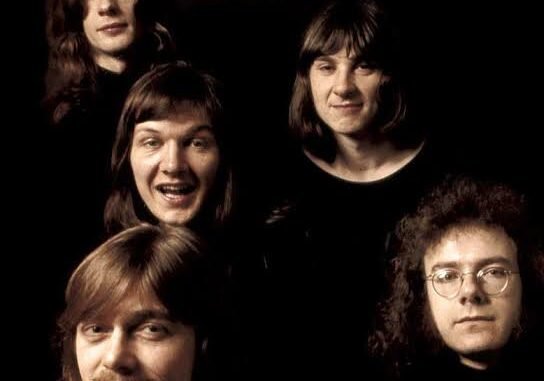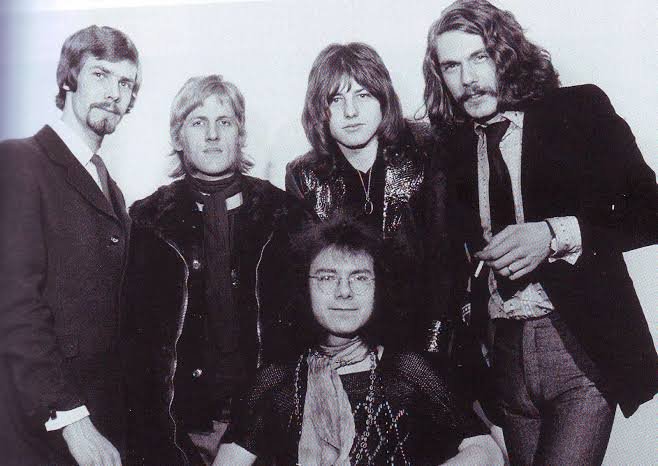
King Crimson, one of the most revered and influential progressive rock bands of all time, has long been admired for its innovation, complexity, and fearless reinvention. However, behind the band’s ever-evolving sound and shifting lineups lies a turbulent history marked by internal conflicts, many of which have centered around the band’s founder and sole consistent member: Robert Fripp.
Though Fripp is widely credited as the creative engine behind King Crimson’s groundbreaking work—from the iconic In the Court of the Crimson King (1969) to their modern incarnations—his uncompromising vision and tight grip on the band’s direction have also contributed to its instability and eventual dormancy.
Throughout King Crimson’s five-decade run, Fripp maintained strict control over every aspect of the band’s sound, structure, and personnel. This control, while ensuring artistic consistency, often came at the cost of creative freedom for his collaborators. As early as the 1970s, key members like Ian McDonald and Greg Lake departed the group, citing disagreements with Fripp’s philosophical and musical direction.
By the 1980s, Fripp’s intense focus on discipline and complexity created further tensions. While the Discipline era lineup—including Adrian Belew, Tony Levin, and Bill Bruford—ushered in a new wave of sonic experimentation, it also highlighted deep divides in artistic priorities. Belew, in particular, would later describe the creative environment as increasingly difficult, as Fripp’s direction left little room for spontaneous collaboration.
These issues only intensified in the 1990s and 2000s as the band cycled through multiple “double trio” and “projekct” configurations. While these iterations produced bold, experimental work, they also revealed a band in constant flux—unable to sustain cohesion amid clashing egos and contrasting musical ambitions.
Fripp’s reputation as a perfectionist and disciplinarian often alienated other members. The recurring pattern of sudden lineup changes—sometimes following brief or unannounced hiatuses—pointed to a deeper instability rooted in control struggles. Musicians who had been integral to King Crimson’s sound were regularly dismissed or chose to leave after growing frustrated with the working dynamic.
In more recent years, Fripp acknowledged in interviews that King Crimson functioned less like a traditional band and more like a “creative discipline system.” This conceptual approach, while intellectually rich, often sidelined the personal and collaborative aspects that most bands rely on for long-term cohesion.
In 2021, King Crimson concluded what appears to be its final tour. While age, logistics, and the pandemic were cited as practical reasons, long-standing internal tensions—fueled by decades of creative rigidity—likely played a decisive role.
Though Robert Fripp’s vision built King Crimson into a legendary force, it may also have ensured its fragmentation. His legacy is thus one of brilliance, but also of control—forever entwined with both the band’s rise and its eventual unraveling.
Leave a Reply